Indian Free Trade Agreement delivers huge $12bn boon to Australian businesses
Australian businesses have benefited from lower tariffs with India on more than $12 billion worth in exports after just six months of the Free Trade Agreement.
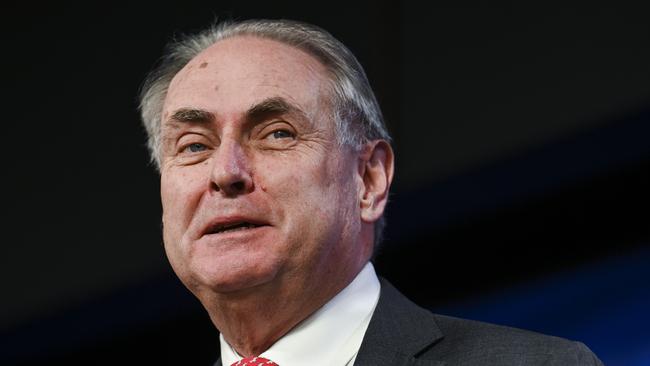
A range of businesses have benefited from lower tariffs with India on more than $12bn worth of exports after just six months of the free-trade agreement between the two countries.
The agreement, which came into force in December, removes tariffs on more than 85 per cent of exports to India – a country of more than 1.4 billion consumers.
Under the terms of the deal, 96 per cent of imports from India are also tariff free.
Trade Minister Don Farrell revealed the eye-watering worth of tariff-free exports to India, which spans a range of sectors from education to agriculture.
“The trade agreement … (is) unlocking opportunities for businesses to grow and diversify across sectors including agriculture and food, resources and energy, health and higher education,” Senator Farrell told the Weekend Australian.
“The trade benefits of this deal have encouraged new exporters to look to India, with our first-ever shipments of Australian salmon, fresh lobster and avocados into the Indian market.”
Senator Farrell said Australian wine exporters – including Taylors, Metala and Torbreck Wines – had also taken advantage of the FTA and secured a “strong foothold” in India’s emerging wine market.
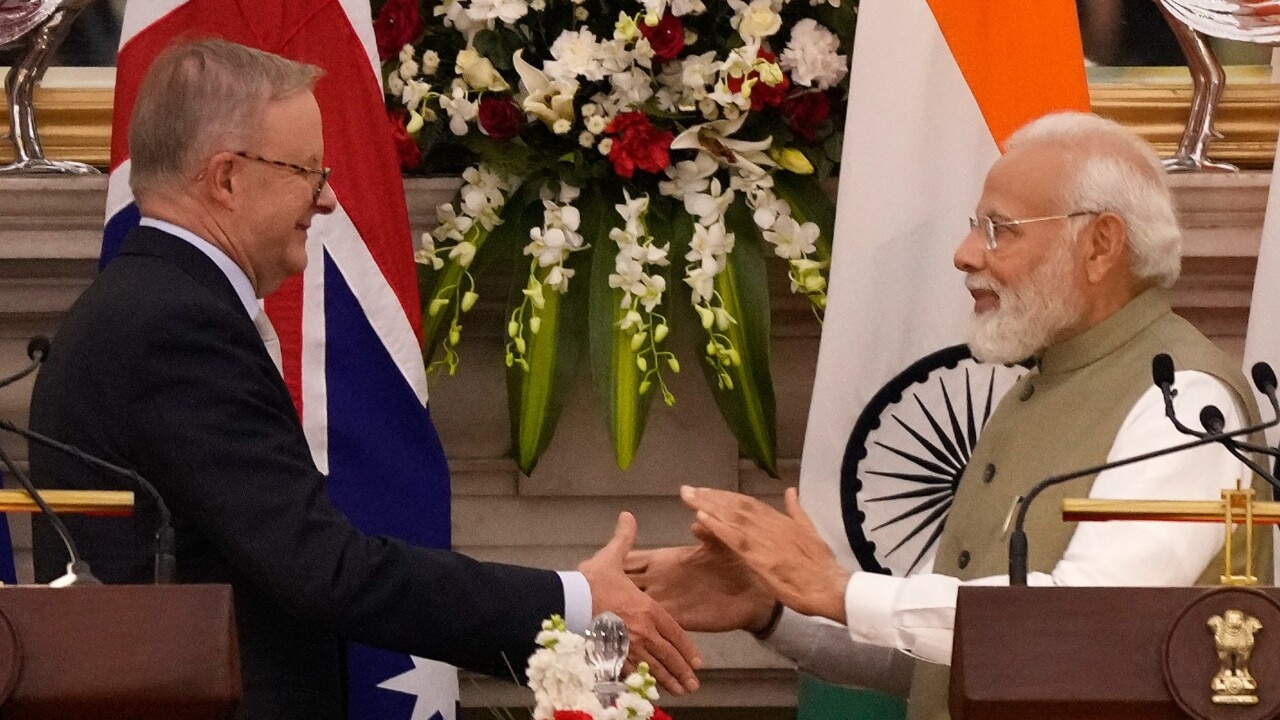
And, in the resources sector, companies including West Australia’s Iluka Resources were using the reduced tariffs to supply India’s growing demand for critical minerals, which are needed to help the booming economy lower its carbon emissions.
India is Australia’s sixth largest trading partner, with two-way trade worth more than $46bn last year. However, Senator Farrell said the relationship could be taken further still and had spoken with his counterpart about future deals to build upon the FTA.
“Our relationship with India is strong but it can be stronger,” he said. “Prime Minister (Anthony) Albanese and India’s Prime Minister (Narendra) Modi share an ambition to grow our trading relationship through our next free-trade agreement with India, an ambitious Comprehensive Economic Co-operation Agreement, which will further strengthen our economic partnership and open new avenues for co-operation.”
Mr Albanese and Mr Modi earlier this year struck another bilateral deal that would boost labour mobility and allow Indian graduates of Australian universities to work without visa sponsorship for up to eight years.
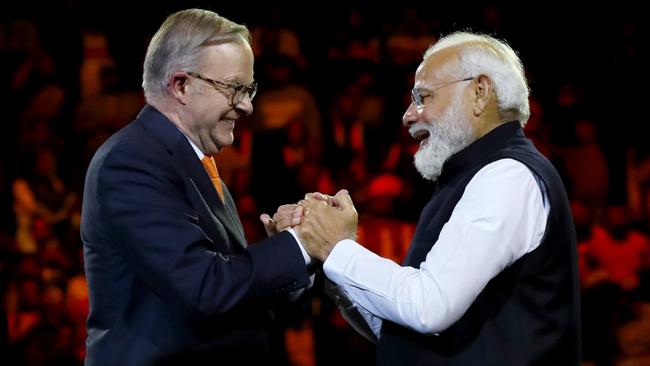
Labor has also jumped on India’s goal to have half of the country’s young adult population acquire tertiary education by 2035, with Mr Albanese in March announcing Deakin University would open India’s first foreign university.
Education Minister Jason Clare has pointed to the ability to teach Indian students at campuses offshore as a major opportunity for Australia’s higher education sector.
Senator Farrell said one-fifth of the world’s working age population would be from India by 2025, creating huge demand for education and upskilling.
“With the trade agreement in force, Indian institutions are seeking new ways of engaging with Australia through recognition of Australian qualifications and blended, online and joint university degrees and programs,” the senator said.
The benefits acquired from the Indian FTA come as Labor continues to negotiate the contentious trade deal with the EU, which it hoped to finalise by the middle of this year.
Senator Farrell declared during a visit to Brussels in early June that Australia was prepared to “walk away” from the EU trade deal should disagreements over topics such as geographic indicators – which would prevent Australian producers from using the name of products like such as feta and prosecco – fail to be resolved.



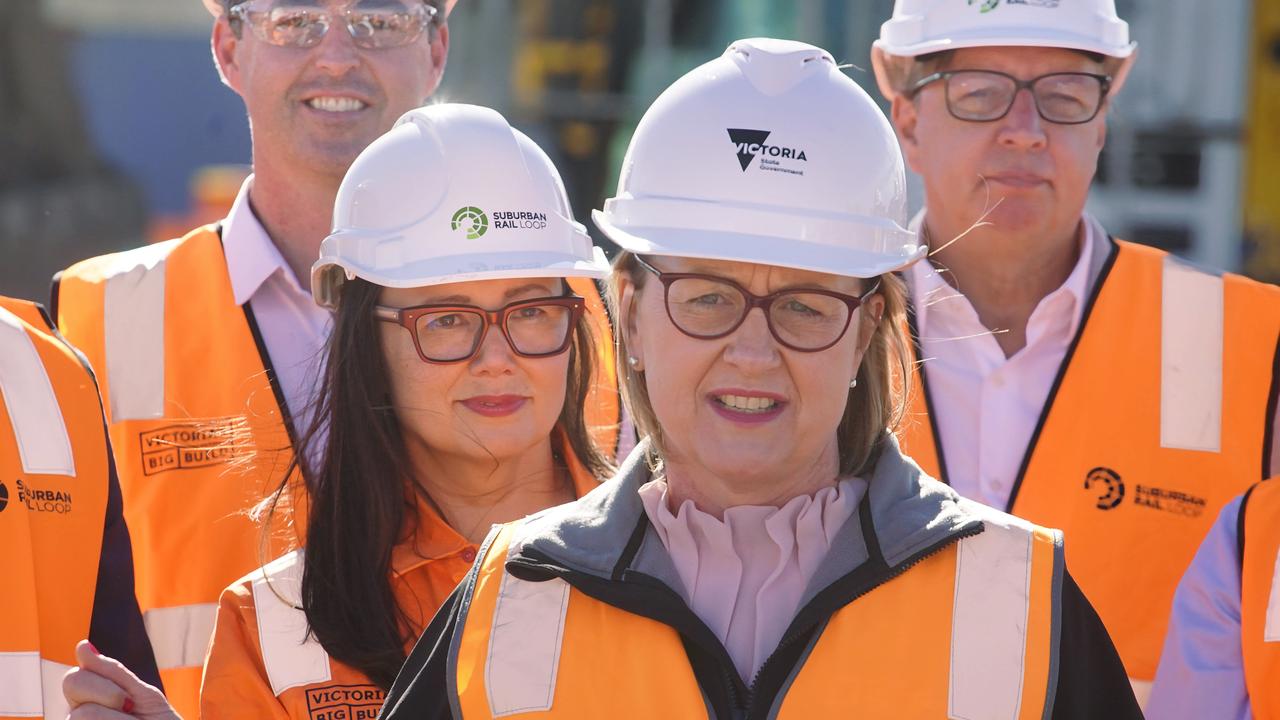
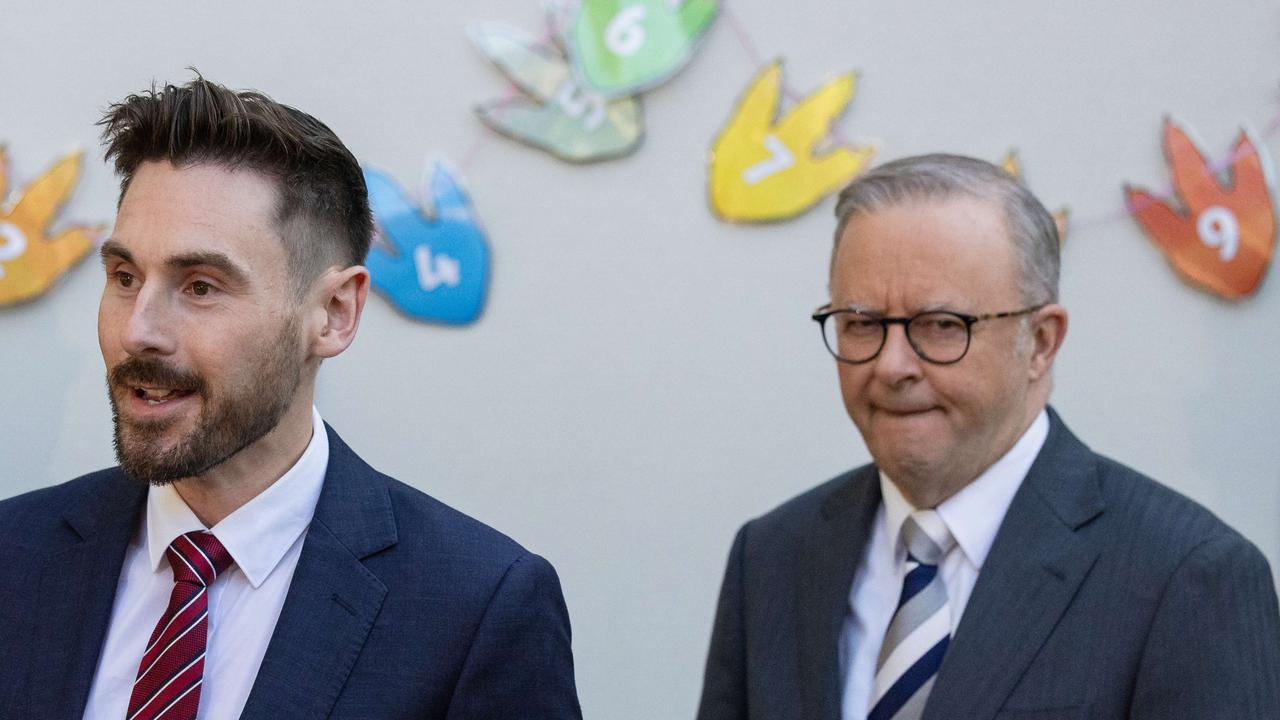
To join the conversation, please log in. Don't have an account? Register
Join the conversation, you are commenting as Logout